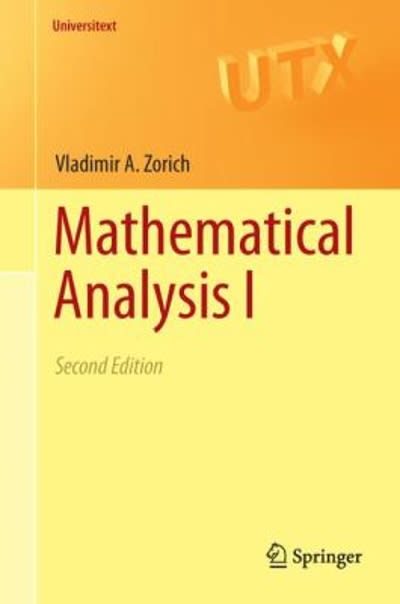7. [-/0.27 Points] DETAILS BBUNDERSTAT12 7.4.019. MY NOTES ASK YOUR TEACHER PRACTICE ANOTHER The U.S. Geological Survey compiled historical data about Old Faithful Geyser (Yellowstone National Park) from 1870 to 1987. Let x, be a random variable that represents the time interval (in minutes) between Old Faithful eruptions for the years 1948 to 1952. Based on 9740 observations, the sample mean interval was x, = 62.2 minutes. Let X2 be a random variable that represents the time interval in minutes between Old Faithful eruptions for the years 1983 to 1987. Based on 23,351 observations, the sample mean time interval was x2 = 72.0 minutes. Historical data suggest that of = 8.00 minutes and oz = 12.13 minutes. Let /, be the population mean of x, and let /2 be the population mean of x2. (a) Compute a 95% confidence interval for #1 - #2. (Use 2 decimal places.) lower limit upper limit (b) Comment on the meaning of the confidence interval in the context of this problem. Does the interval consist of positive numbers only? negative numbers only? a mix of positive and negative numbers? Does it appear (at the 95% confidence level) that a change in the interval length between eruptions has occurred? Many geologic experts believe that the distribution of eruption times of Old Faithful changed after the major earthquake that occurred in 1959. Because the interval contains only positive numbers, we can say that the interval length between eruptions has gotten shorter. Because the interval contains both positive and negative numbers, we can not say that the interval length between eruptions has gotten longer. We can not make any conclusions using this confidence interval. Because the interval contains only negative numbers, we can say that the interval length between eruptions has gotten longer. Need Help? Read It Watch It 8. [-/0.27 Points] DETAILS BBUNDERSTAT12 7.4.020.MI. MY NOTES ASK YOUR TEACHER PRACTICE ANOTHER A study of parental empathy for sensitivity cues and baby temperament (higher scores mean more empathy) was performed. Let x, be a random variable that represents the score of a mother on an empathy test (as regards her baby). Let x, be the empathy score of a father. A random sample of 36 mothers gave a sample mean of x, = 69.38. Another random sample of 32 fathers gave X2 = 60.06. Assume that of = 11.13 and oz = 11.04. (a) Let , be the population mean of x, and let #2 be the population mean of X2. Find a 99% confidence interval for #1 - H2. (Round your answers to two decimal places.) lower limit upper limit (b) Examine the confidence interval and explain what it means in the context of this problem. Does the confidence interval contain all positive, all negative, or both positive and negative numbers? What does this tell you about the relationship between average empathy scores for mothers compared with those for fathers at the 99% confidence level? Because the interval contains only positive numbers, we can say that the mothers have a higher mean empathy score. Because the interval contains both positive and negative numbers, we can not say that the mothers have a higher mean empathy score. We can not make any conclusions using this confidence interval. Because the interval contains only negative numbers, we can say that the fathers have a higher mean empathy score







